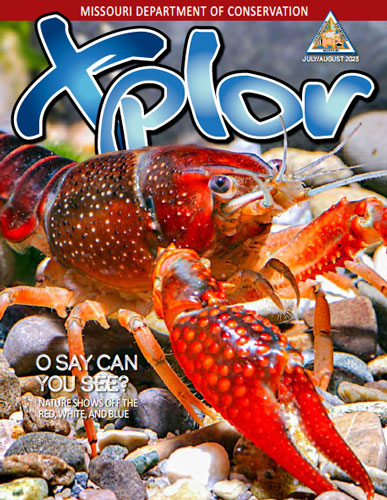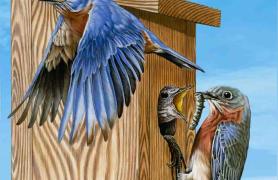Nature comes in all sizes, shapes, and colors. To celebrate Independence Day, we picked a few of Missouri’s most patriotic plants and animals. Can you figure out what they are using the clues?
Clues:
- When I get cut, I “bleed” blue “milk.”
- One of Santa’s reindeer shares my name.
- I shine blue in the sun and turn black in the shade.
- One of Missouri’s most successful sports teams is named after me.
- Look at me! I’m Missouri’s official state tree.
- I grow where it’s damp, but I’m as dry as a piece of chalk.
- My beak’s bigger than any other in Missouri.
- Although I’m one of Missouri’s most colorful reptiles, I’m really hard to see.
- I’m an angel — but not a good kind.
- I bloom just in time for northbound hummingbirds to arrive.
- All my cousins stay up late, but I’m an early riser.
- Nothing brings friends together like a feast with me as the main course.
- I’m an insect whose name tells you when I might flutter by.
- I may be a late bloomer, but I’m well worth the wait.
- Not only do I come in white. I also come in “blue.”
- I’m the only completely red one of my kind in America.
Answers:
- Indigo Milky
When this mushroom is damaged, a blue, milky fluid leaks out. Indigo milkies are edible — and delicious. Mushroom hunters add them to scrambled eggs to make green eggs and ham. Find them in oak woods across Missouri from July to October.
- Blue Dasher
You know Dasher and Dancer, Comet and Cupid. But do you recall the most famous dragonfly of all? Blue dashers are one of Missouri’s most common dragonflies, found on nearly any marsh, river, or lake. Only males are blue. Females have black and yellow stripes.
- Indigo Bunting
This bird’s brilliant feathers are an illusion. They don’t contain any blue. Instead, structures in the feathers reflect blue light. Without sunshine, they turn dark. See for yourself by watching an indigo bunting dart in and out of thickets anywhere in Missouri.
- Northern Cardinal
St. Louis named its baseball team after this brilliant bird. The bird itself is named for cardinals of the Roman Catholic Church who wear crimson robes. Redbirds can be seen flitting around backyards and thickets throughout the state.
- Flowering Dogwood
The white “petals” on this shrubby tree are what botanists call bracts, a type of leaf. The real flowers are found in small green clusters in the center of the bracts. Shade-loving dogwoods bloom in forests across Missouri in April and May.
- Emetic Russula
This poisonous mushroom crumbles in your hands like a brittle piece of chalk. As the word “emetic” suggests, it will cause you to throw up — often violently — if you eat it. Find this fungi from July to October in damp, wooded areas across Missouri.
- American White Pelican
Stretching nearly a foot and a half long, a pelican’s beak can hold nearly three gallons of water — about as much as two toilet flushes. The big birds migrate through Missouri in spring and fall, stopping to rest and fish on marshes and lakes.
- Northern Scarletsnake
This secretive serpent spends most of its life underground, coming to the surface only on warm nights or after heavy rains. Your best chance to find it is in the Bootheel or on wooded, rocky hillsides in central and southwestern Missouri.
- Destroying Angel
This common mushroom is beautiful but extremely poisonous. If it’s eaten, a victim’s liver and kidneys may quit working, leading to death. Destroying angels are found in woods and around trees in backyards throughout Missouri.
- Columbine
Columbine begins blooming in April in Missouri, just in time for the arrival of ruby-throated hummingbirds, the flower’s prime pollinator. Look for the shade-loving plant throughout Missouri on rocky bluffs, wooded hillsides, and along streams.
- Snowy Owl
Snowy owls aren’t night owls — they’re early birds. On the Arctic tundra where they normally live, the sun doesn’t set during summer, so they have no choice but to hunt during the day.
When food gets scarce in winter, they head south to Missouri.
- Red Swamp Crayfish
This crayfish is farmed for food in the state of Louisiana, where it’s boiled with spices, potatoes, and corn then dumped on newspapers for feasts with friends. In Missouri, the colorful crustacean is found in Bootheel swamps, sloughs, and ditches.
- Spring Azure
The spring azure is a true forecaster of spring. It is our earliest butterfly to emerge from its chrysalis, often in mid-March. (Other early butterflies overwinter as adults.) Look for it fluttering around brushy fields, gardens, and woods throughout Missouri.
- Cardinal Flower
Cardinal flowers don’t begin blooming until July and don’t finish until October — which is fine for hungry hummingbirds. They guzzle the flower’s nectar to fuel up for fall migration. Look for the brilliant blossoms along streams throughout the state.
- Snow Goose
Snow geese come in two colors: white and blue. Once considered a separate species, the “blue goose” isn’t blue at all. It’s mostly grayish-brown. Snow geese can create quite a blizzard when they flock with friends at Missouri’s wetlands in winter.
- Summer Tanager
Male summer tanagers are the only all-red birds in America. Females are yellow. Both sexes make a living catching bees and wasps on the wing, bashing them against branches, and gobbling them down. Look for them high in the treetops of forests.
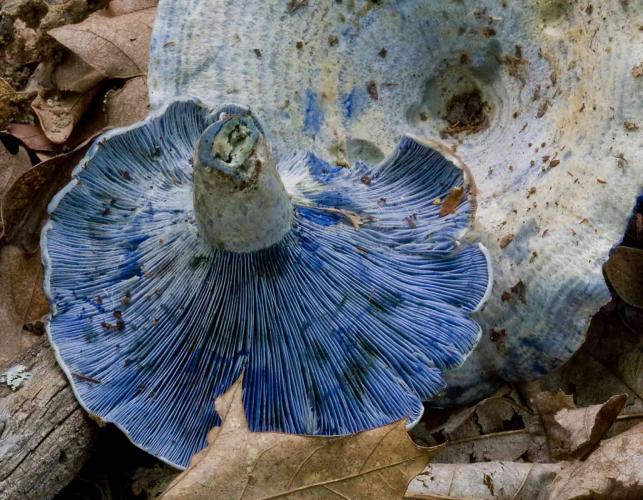
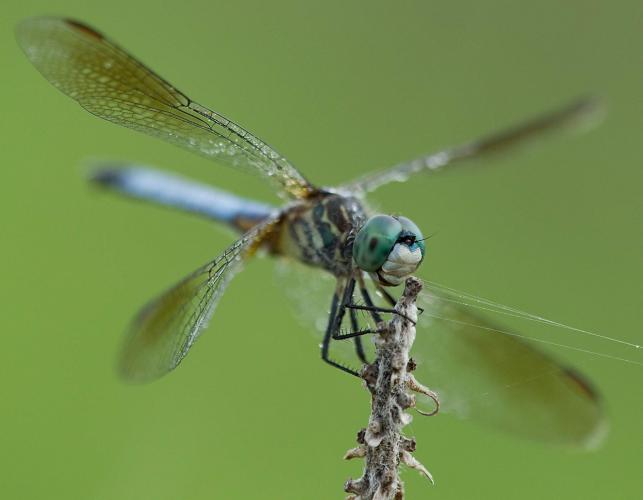
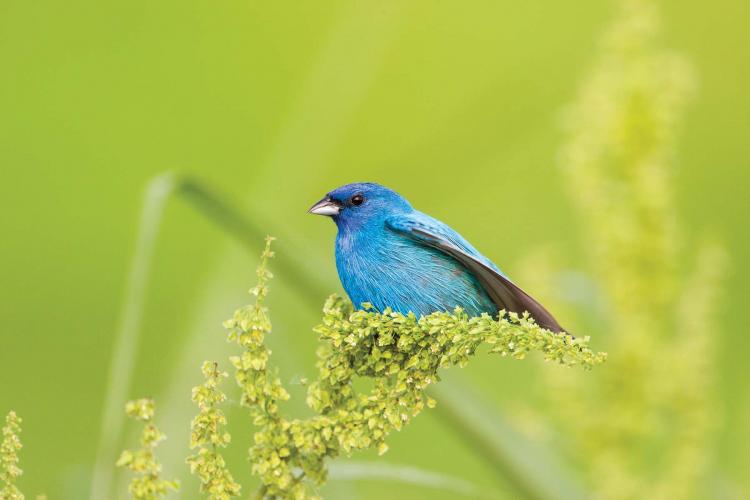
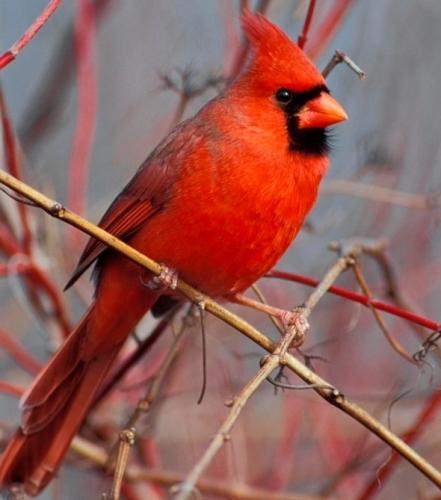
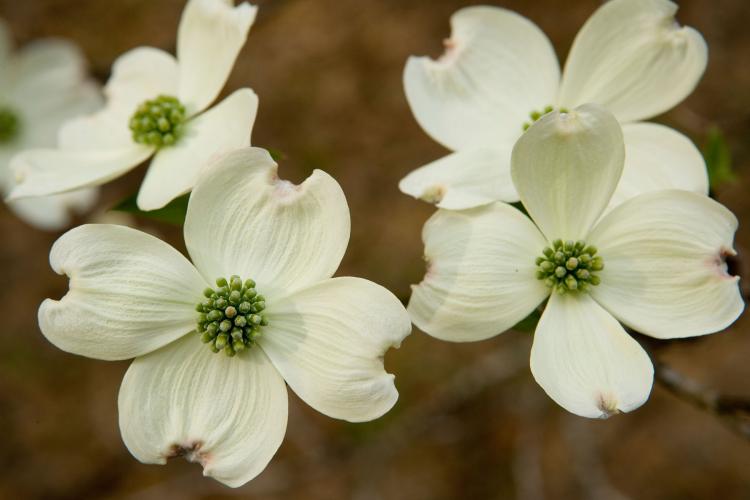
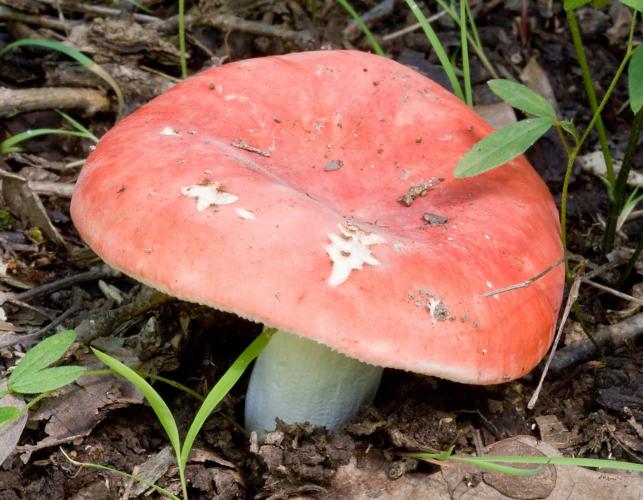
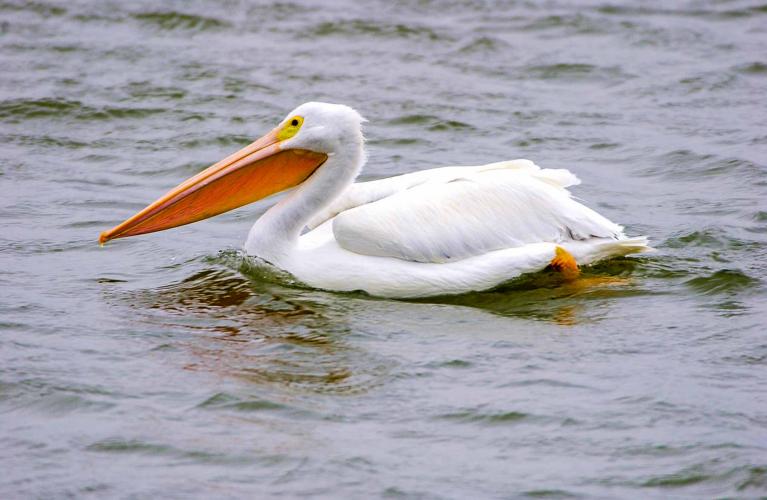
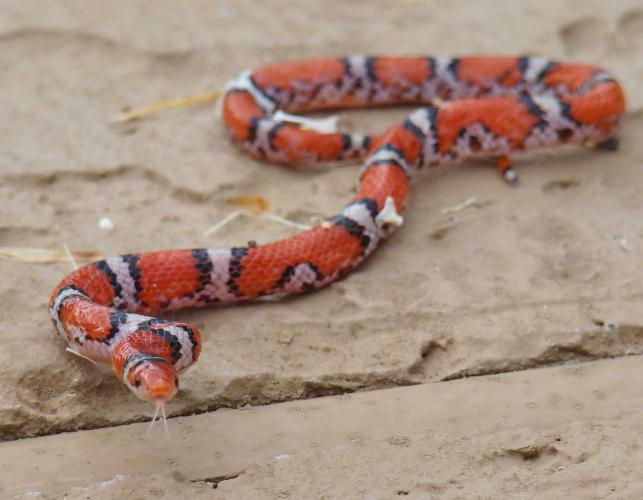
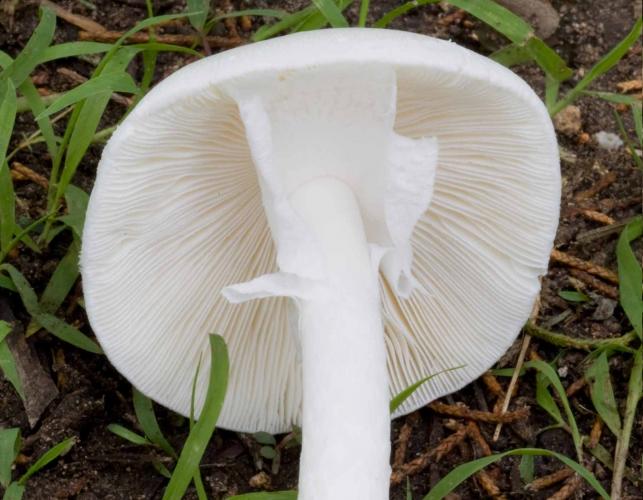
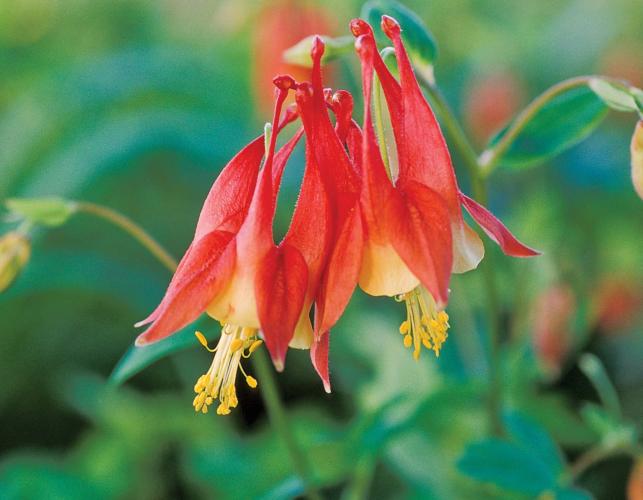
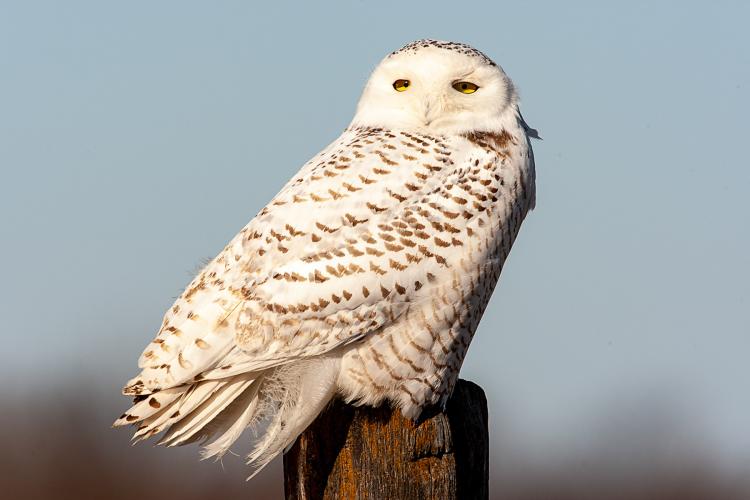
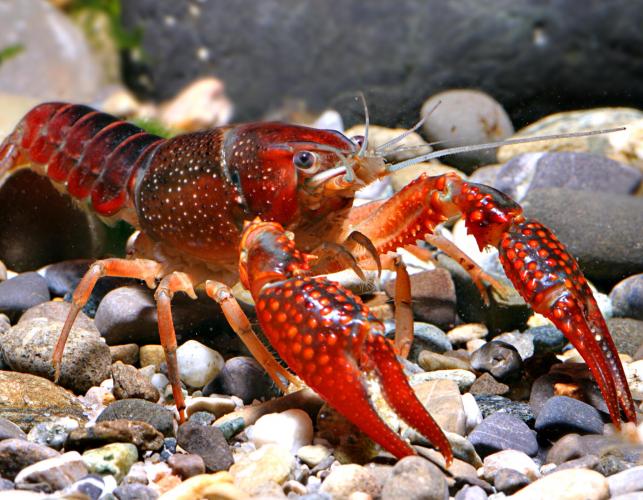
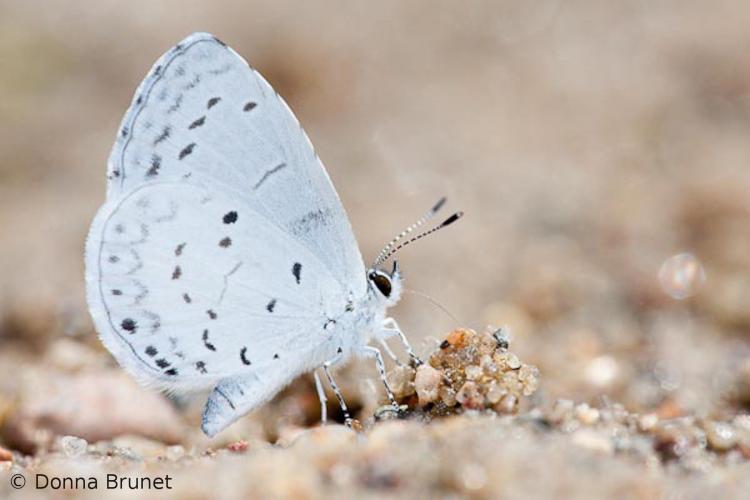
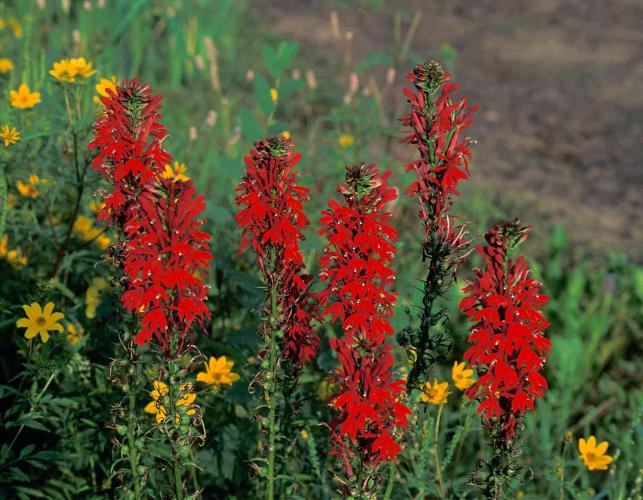
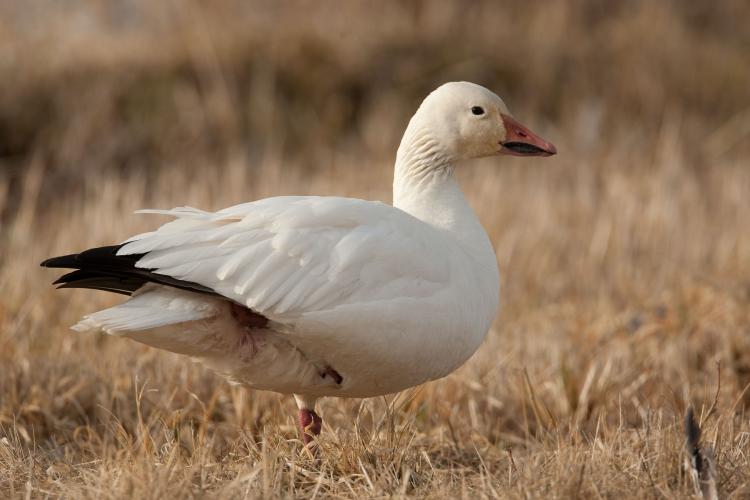
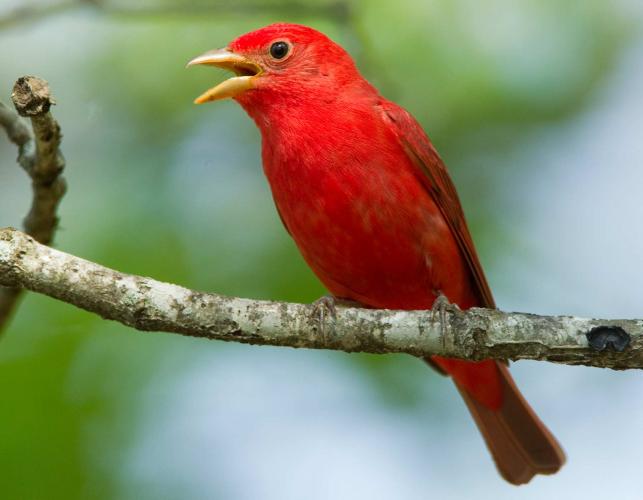

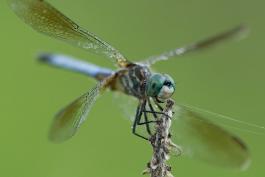
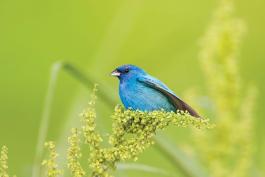
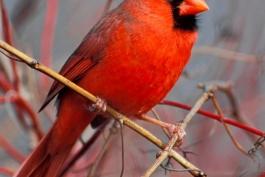
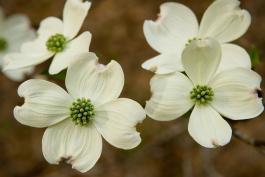
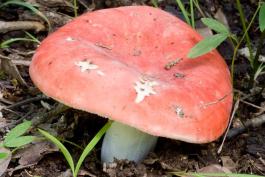
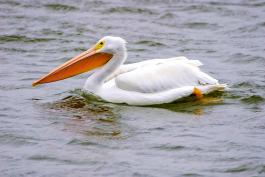
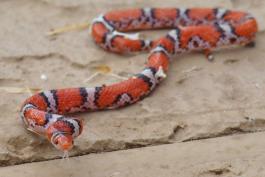
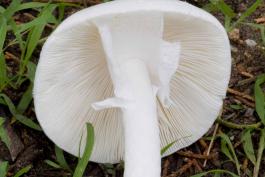
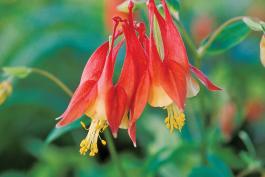
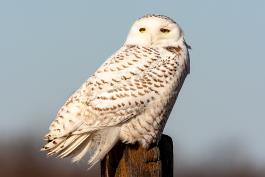
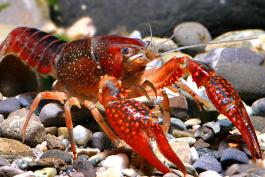
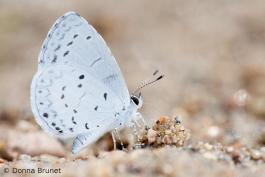
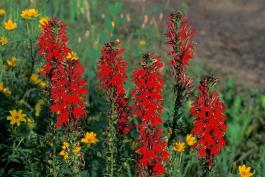
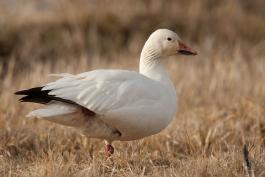
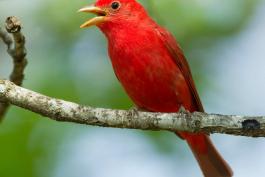
Also In This Issue
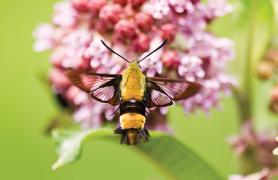
While their flashy, day-flying cousins, the butterflies, seem to get all the glory, Missouri’s moths are just as amazing.
And More...
This Issue's Staff
Photographer – David Stonner
Designer – Marci Porter
Designer – Les Fortenberry
Art Director – Cliff White
Editor – Matt Seek
Magazine Manager – Stephanie Thurber






















